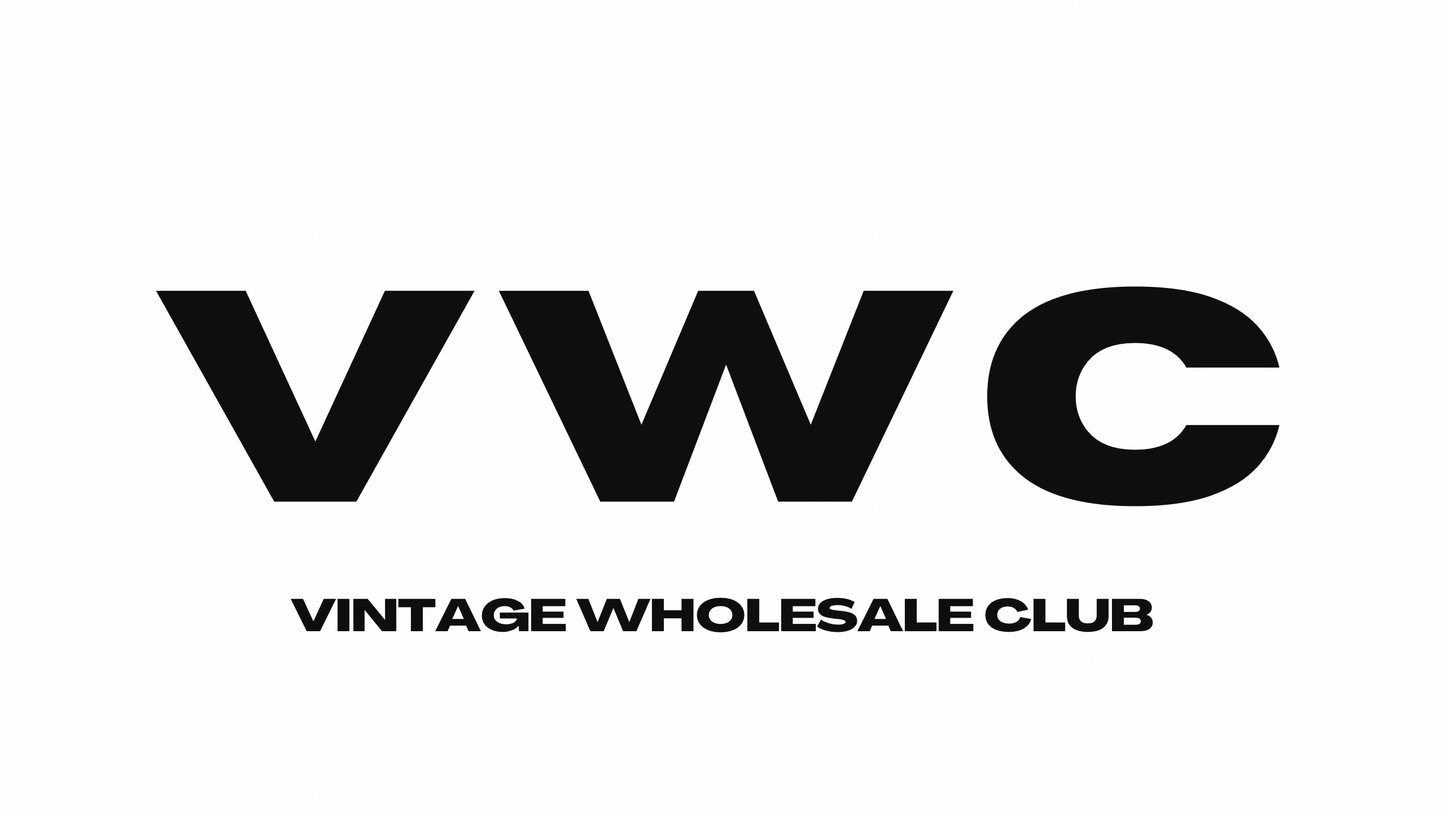
Life moves pretty fast, but nowadays, fashion moves even faster. What’s considered trendy today might be outdated by next month.
Thanks to social media and the growing popularization of online influencers, the fast fashion industry has grown into a 99-billion-dollar industry—and it’s only predicted to grow to 136 billion by 2026.
Now, large-scale growth isn’t inherently bad, for example, the tech boom of the mid-1990s and early 2000s ushered in a new era of jobs, opportunities, and innovation. But like all good things, it was good until it wasn’t. And the same can be said for the effects of fast fashion.
Fast fashion is appealing for several reasons. One, it makes clothing more affordable and accessible, especially to lower-income consumers. And two, it makes staying up to date with fashion trends easier, since you can always rely on fast fashion brands to produce the latest style for rock-bottom prices.
But that’s where the benefits of fast fashion end.

Why Fast Fashion Is Dangerous
Promoting Unethical Labor Practices
Let’s think for a minute. Why is fast fashion so affordable? Is it because big corporations are cutting prices for customers but taking the hit to their bottom line? No, of course not. If anything, they’re making even more money being a fast fashion retailer. How? Well, the money must come from somewhere. And the scary truth is these fast fashion companies exploit workers in low-income countries. They set up sweatshops in areas where the minimum wage is pennies and force employees to work 14 to 16-hour days. Often 7 days a week. Worse, there are little to no working-condition regulations in these countries. So big brands are under no obligation to create healthy or even safe environments for their employees—and they often don’t.
Feeding A Wasteful Consumer Culture
Have you ever gotten a rush after completing an online purchase? Maybe you always leave stores like Target and TJ Maxx in a good mood. Well, you’re not alone, studies have proven that shopping can release endorphins and dopamine in our brains, making us feel happier in the moment. But that emotional high doesn’t last forever and it’s not long before we’re back online or at the store chasing that feeling once again. And fast fashion makes it even easier to chase that pleasure with routine high frequency. With its perceived high value but low-cost payout, it’s easy to see why people turn to it. This would be fine if the clothing people bought from fast fashion stayed in their closets for an extended period, but studies show the average fast fashion garment is only worn seven times before being discarded. Compared to the 120-time average a sustainable outfit is worn. All this to say, fast fashion is encouraging us to consume more and faster. Something that hurts our wallets and leads to unwanted clutter in our homes.
Contributing To Environmental Decay
Everything we’ve told you about fast fashion has been building up to this point. The bottom line is fast fashion is detrimental to the environment. Currently, fast fashion contributes a tenth of the world’s carbon emissions. From unregulated factories that pollute freshwater supplies to the sheer number of items that end up in landfills and emit harmful CO2 gas, the negative effects of fast fashion reach far and wide. And it’s only getting worse.
All that’s to say, fast fashion is more harmful to people, communities, and the planet than it’s helpful. That’s why it’s important to be a mindful consumer and make sustainable choices when possible. We know avoiding fast fashion isn’t possible one hundred percent of the time, but here are a few tips to help you navigate the current clothing culture.

How To Avoid Fast Fashion And Build A Sustainable Wardrobe
Know The Fast Fashion Brands
If you want to avoid fast fashion, you need to know whom you’re avoiding. So here’s a list of popular brands you might not have realized were fast fashion: Zara, Shein, Fashion Nova, H&M, UNIQLO, GAP, Forever 21, Topshop, Nike, Urban Outfitters, Victoria’s Secret, GUESS, Hollister, American Eagle, Old Navy, Adidas, Anthropologie, and Wish.
In general, you can usually spot a fast fashion brand by its inventory. If the brand is constantly introducing new and trendy styles, it’s probably fast fashion.
Change Up Your Accessories
The most common advice to give when trying to avoid fast fashion is to “shop your closet.” But sometimes we look at our closet and think, “I just want something new.” If this sounds like you before you turn to fast fashion consider investing in new accessories instead. New accessories like belts and jewelry are a great way to jazz up the clothing you already own. Plus, these are some of the best items to buy second-hand or even from a local small business.
Curate A Personal Style
We’ve all been there. You see an influencer wearing a cute outfit on Instagram and you want to jump online to buy something similar. But if you established a personal style, you’d be less tempted to buy every cute thing you saw someone else wearing online. Why? Because you’ll start to view everything through a curated lens. Sure, some clothing will always be cute, but if it doesn’t fit your personal style, you won’t be as tempted to buy it. Leaving room in your wardrobe for used or vintage pieces you love more.
Unfollow And Unsubscribe
Sometimes establishing a personal style isn’t enough and you need to quit online influencers cold turkey. This won’t be true for everyone, but if you constantly find yourself being swayed by “fashion hauls” or “my [Fast Fashion] store must have” posts and videos, it might be time to leave those influencers in the past and unsubscribe from their content.
Be Patient
We all know fast fashion is just that, fast. If you’re seeing an item that calls to you or fits within your personal style it can be tempting to buy it from a fast fashion brand. But the truth is, that trend will pass and soon many people who did purchase it from a fast fashion brand will end up donating it. That means you’re likely to find that style again while thrifting months later. Plus, if you still want it months later, after it’s “no longer popular,” you know you’re purchasing it for the right reasons and not just to chase a trend.
Thrift More
Speaking of thrifting, it’s the best way to kick the fast fashion habit. Buying vintage gives new life to used clothes and accessories that would otherwise take up space in a landfill. It’s sustainable and best of all, it’s usually just as, if not more cost-effective than fast fashion. Because often, you’re paying for higher quality pieces that will last a long time. So if you’re looking to stop supporting fast fashion, consider thrifting and buying vintage today!
